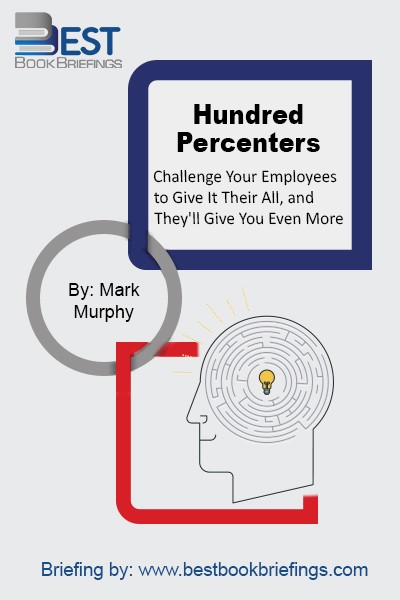Transformative HR
How Great Companies Use Evidence-Based Change for Sustainable Advantage
Editorial Review
Evidence-based change is a mind-set and approach to making HR decisions. The thinking behind evidence-based change was inspired in part by the evidence-based movement in medicine. That movement came about after medical researchers noticed that doctors, despite a vast amount of available medical research, were treating disease in idiosyncratic ways. They were using their own preferred treatments even when there was solid scientific evidence that other treatments were more effective. The evidence-based medicine movement encouraged doctors to determine, on the basis of the available evidence, which treatment for a particular disease was most effective and to apply that treatment.
Book Reviews
Books on Related Topics

Many companies and leaders show little interest in subjecting their business practices and decisions to the same scientific rigor they would use for technical or medical issues. Every day there are opportunities for companies to use better information to gain an advantage over the competition, doing so simply entails using evidence-based

Based on research performed by the prestigious Saratoga Institute, The 7 Hidden Reasons Employees Leave provides readers with real solutions for the costly problem of employee turnover. Readers will learn how to align employee expectations with the realities of the position, avoid job–person mismatches, and provide feedback and coaching that breed

Peek out your office door and take a good look at your employees. With the exception of a few royal pains, you've got a nice group of people. By and large, they do good work, they get along with you and one another and they're generally well intentioned. But, are they



